Applications of homologous recombination-mediated genome engineering
Posted by Jimann Shin, on 17 November 2014
We recently demonstrated an improved method for homologous recombination (HR)-mediated genome editing using TALEN (Transcription activator-like effector nuclease) in zebrafish (Shin et al., 2014). In the study, we identified that a total of 3kb of homology in the targeting construct, 1kb of one arm and 2kb of the other arm, is sufficient to induce HR-mediated knock-in. Importantly, our results suggest that a specific targeting construct configuration (a double stranded break in the short homology arm) can enhance the efficiency of HR-mediated knock-in. I believe that the method is highly valuable due to its fundamental advantage, which is the ability to manipulate in vivo genome precisely. In this post, I discuss several potential applications using HR-dependent genome engineering.
Potential applications using HR-mediated genome engineering
1. Tagging fluorescent protein
HR-mediated gene targeting technology allows us to precisely deliver a relatively large DNA fragment encoding a fluorescent protein into a specific locus of the chromosome. For example, HR dependent GFP knock-in alleles will be useful to monitor the spatiotemporal localization of a target protein in vivo. Although there is a potential caveat such as altered protein functions due to tagging, this method allows visualization of tagged proteins in the physiologically relevant condition rather than overexpression context. Tagging a flouorescent protein along with biotinylation tag, such as avitag, will have an additional capacity to study protein-protein interactions. Because in vivo BirA-Avitag system (de Boer et al., 2003) can carry the advantage of mass spectrometry (MS) analysis, the resulting knock-in lines will be useful for tracing the tagged target gene product as well as screening for novel protein binding partners.
2. Mirroring gene expression
As shown in our paper, the expression of a target gene can be monitored by precisely inserted sequences encoding a fluorescent protein that is linked with ‘self-cleaving’ 2A peptides just in front of the a target gene’s stop codon. I believe this strategy will allow tracing of specific cells, which express both a target gene and a fluorescent reporter protein, without functional alterations of the gene products. In addition to this, the physical separation of a target gene product and a fluorescent reporter protein allows for independent protein behaviors, which is important for diversifying methodologies. For example, application of this method with Cre recombinase instead of a fluorescent reporter will result in Cre knock-in lines that can be used to generate tissue specific Cre driver lines for conditional knock-out mutants. Alternatively, specific cell types can be permanently labeled by crossing the ubi:Switch transgenic line (Mosimann et al., 2011) with Cre knock-in lines. Moreover, replacement of the bacterial biotin ligase BirA by a fluorescent reporter will serve as a biotinylation driver for tissue or cell specific gene expression profiling (Housley et al., 2014).
3. Generation of floxed alleles
To create conditional knock-out lines, a gene of interest must be modified by the insertion of two loxP sites to ecise the floxed exon(s) via Cre-mediated recombination. Although the insertion of a loxP site in the target locus can be accomplished by using loxP site containing single-stranded oligonucleotides (ssONs), insertion of two loxP sites can pose a challenge due to low efficiency of ssONs knock-in. Therefore, using a combination of two loxP site containing targeting constructs with TALEN is an useful and efficient strategy to obtain floxed alleles.
I believe that many other applications using HR-mediated genome engineering are already developed or will be invented for innovative research. Hence, our efficient HR-dependent knock-in method will allow many laboratories to generate multi-purpose knock-in lines and serve as a platform for development of more sophisticated genome manipulation methods.
Reference article:
de Boer, E., Rodriguez, P., Bonte, E., Krijgsveld, J., Katsantoni, E., Heck, A., Grosveld, F., & Strouboulis, J. (2003). Efficient biotinylation and single-step purification of tagged transcription factors in mammalian cells and transgenic mice Proceedings of the National Academy of Sciences, 100 (13), 7480-7485 DOI: 10.1073/pnas.1332608100
Housley, M., Reischauer, S., Dieu, M., Raes, M., Stainier, D., & Vanhollebeke, B. (2014). Translational profiling through biotinylation of tagged ribosomes in zebrafish Development, 141 (20), 3988-3993 DOI: 10.1242/dev.111849
Mosimann, C., Kaufman, C., Li, P., Pugach, E., Tamplin, O., & Zon, L. (2010). Ubiquitous transgene expression and Cre-based recombination driven by the ubiquitin promoter in zebrafish Development, 138 (1), 169-177 DOI: 10.1242/dev.059345
Shin, J., Chen, J., & Solnica-Krezel, L. (2014). Efficient homologous recombination-mediated genome engineering in zebrafish using TALE nucleases Development, 141 (19), 3807-3818 DOI: 10.1242/dev.108019
I thank Nanbing Li-Villarreal for comments.


 (2 votes)
(2 votes)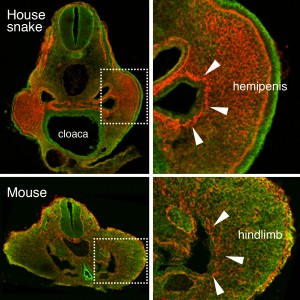
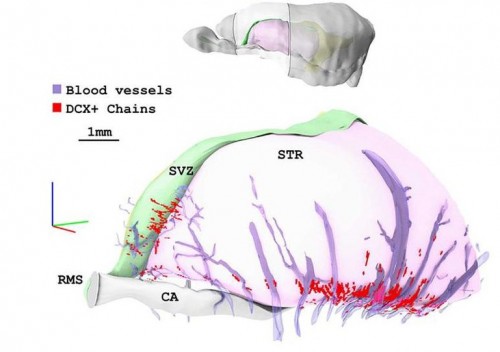
 (No Ratings Yet)
(No Ratings Yet)
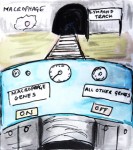
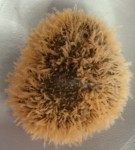
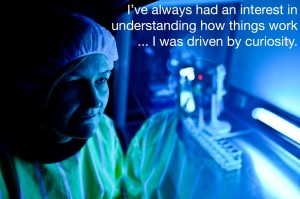 Malin Parmar heads a research group focused on developmental and regenerative neurobiology at Lund University in Sweden. The ultimate goal of her research is to develop cell therapy for Parkinson’s disease.
Malin Parmar heads a research group focused on developmental and regenerative neurobiology at Lund University in Sweden. The ultimate goal of her research is to develop cell therapy for Parkinson’s disease.
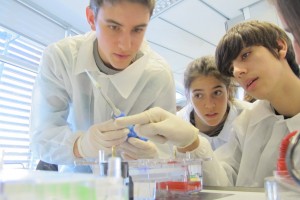
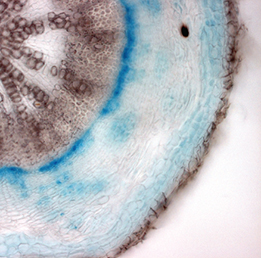 Class I KNOX transcription factors, such as SHOOT MERISTEMLESS (STM) and KNAT1, are known to play a role in the plant shoot apical meristem (SAM), where they are thought to prevent differentiation and hence promote stem cell maintenance. Now, on p.
Class I KNOX transcription factors, such as SHOOT MERISTEMLESS (STM) and KNAT1, are known to play a role in the plant shoot apical meristem (SAM), where they are thought to prevent differentiation and hence promote stem cell maintenance. Now, on p. 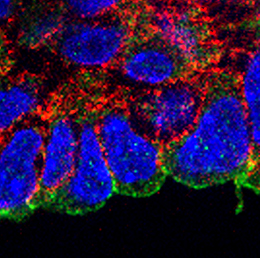 During its development, the heart tube undergoes rapid elongation, fuelled by the addition of cardiac progenitors from the second heart field (SHF). The gene regulatory networks governing SHF formation have been studied extensively, but little is known about the basic cellular features of SHF cells. Now, Robert Kelly and co-workers show that the transcription factor TBX1, which is implicated in both normal SHF development and congenital heart defects, regulates the epithelial properties of mouse SHF cells (p.
During its development, the heart tube undergoes rapid elongation, fuelled by the addition of cardiac progenitors from the second heart field (SHF). The gene regulatory networks governing SHF formation have been studied extensively, but little is known about the basic cellular features of SHF cells. Now, Robert Kelly and co-workers show that the transcription factor TBX1, which is implicated in both normal SHF development and congenital heart defects, regulates the epithelial properties of mouse SHF cells (p. 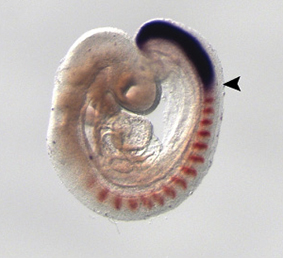 During development, neuromesodermal (NM) stem cells give rise to both neural cells and paraxial presomitic mesoderm (PSM) cells, but what dictates PSM fate? Here, Terry Yamaguchi and colleagues show that a single transcription factor – mesogenin 1 (Msgn1) – acts as a master regulator of PSM development (p.
During development, neuromesodermal (NM) stem cells give rise to both neural cells and paraxial presomitic mesoderm (PSM) cells, but what dictates PSM fate? Here, Terry Yamaguchi and colleagues show that a single transcription factor – mesogenin 1 (Msgn1) – acts as a master regulator of PSM development (p. 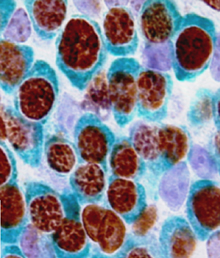 Embryonic germ cells display strikingly different fates with regard to mitosis and meiosis, depending on their sex. In female mice, germ cells switch from mitosis to meiosis shortly after reaching the foetal gonad where they generate the lifelong pool of oocytes. However, in males, meiosis and mitosis are actively repressed, and germ cells remain quiescent in the gonad until birth, when they resume mitosis and start generating spermatocytes. Here (p.
Embryonic germ cells display strikingly different fates with regard to mitosis and meiosis, depending on their sex. In female mice, germ cells switch from mitosis to meiosis shortly after reaching the foetal gonad where they generate the lifelong pool of oocytes. However, in males, meiosis and mitosis are actively repressed, and germ cells remain quiescent in the gonad until birth, when they resume mitosis and start generating spermatocytes. Here (p. 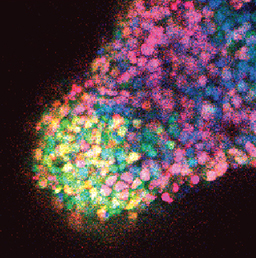 One of the first patterning events of embryogenesis occurs during gastrulation: three-dimensional (3D) cell movements reorganise the embryo, a mass of morphologically similar cells, into an axially organised structure with three germinal layers (endoderm, mesoderm and ectoderm). To date, two-dimensional (2D) culture models have failed to recapitulate such complex cell behaviours linking cell movement to cell fate. Here (p.
One of the first patterning events of embryogenesis occurs during gastrulation: three-dimensional (3D) cell movements reorganise the embryo, a mass of morphologically similar cells, into an axially organised structure with three germinal layers (endoderm, mesoderm and ectoderm). To date, two-dimensional (2D) culture models have failed to recapitulate such complex cell behaviours linking cell movement to cell fate. Here (p. 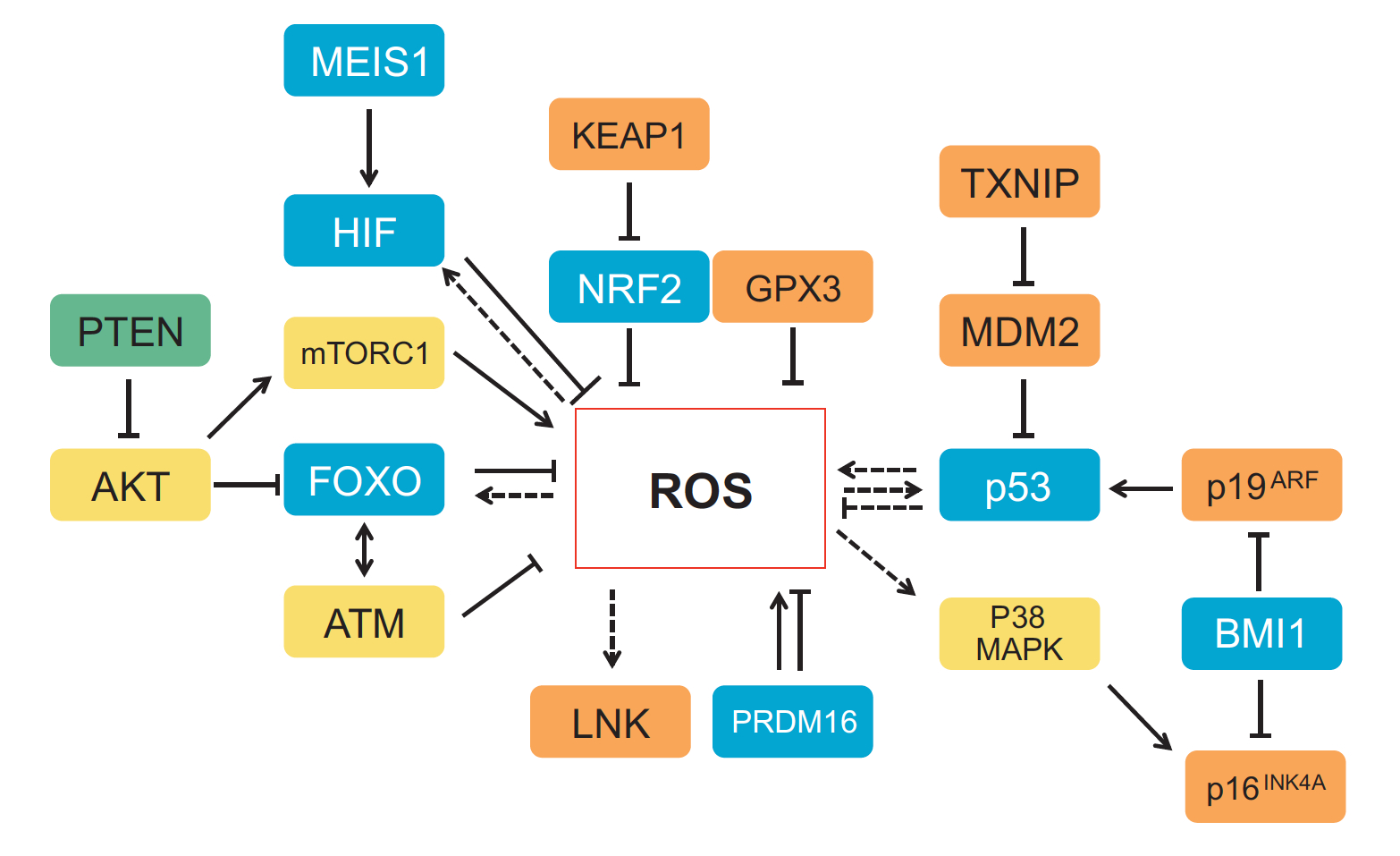 Recent work suggests that reactive oxygen species (ROS) can influence stem cell homeostasis and lineage commitment. In this Primer, Ghaffari and colleagues provide an overview of ROS signalling and its impact on stem cells, reprogramming and ageing. See the Primer on p.
Recent work suggests that reactive oxygen species (ROS) can influence stem cell homeostasis and lineage commitment. In this Primer, Ghaffari and colleagues provide an overview of ROS signalling and its impact on stem cells, reprogramming and ageing. See the Primer on p. 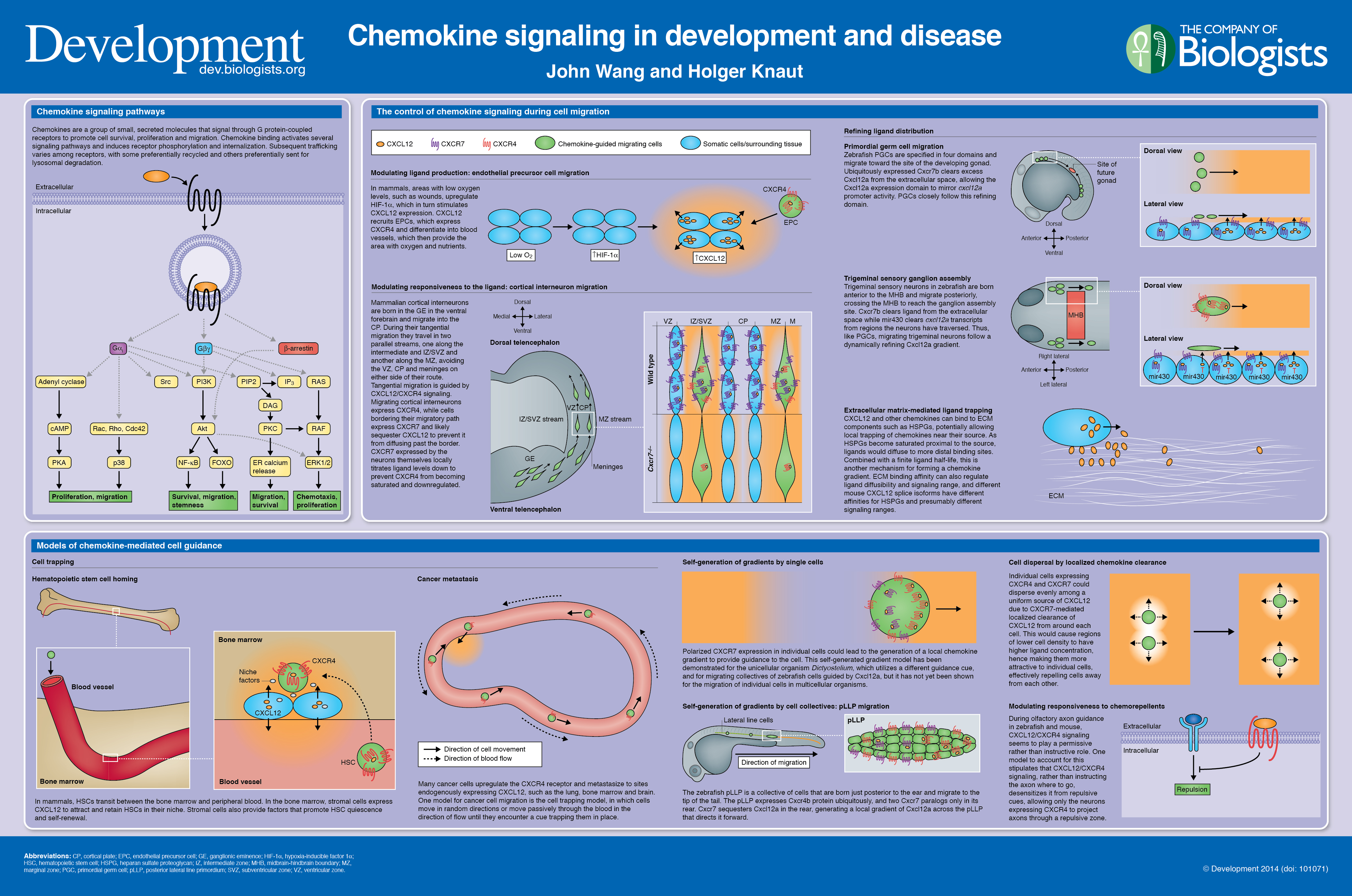 In our latest poster and companion article, Wang and Knaut provide an overview of chemokine signalling and some the chemokine-dependent strategies used to guide migrating cells. See the poster on p.
In our latest poster and companion article, Wang and Knaut provide an overview of chemokine signalling and some the chemokine-dependent strategies used to guide migrating cells. See the poster on p. 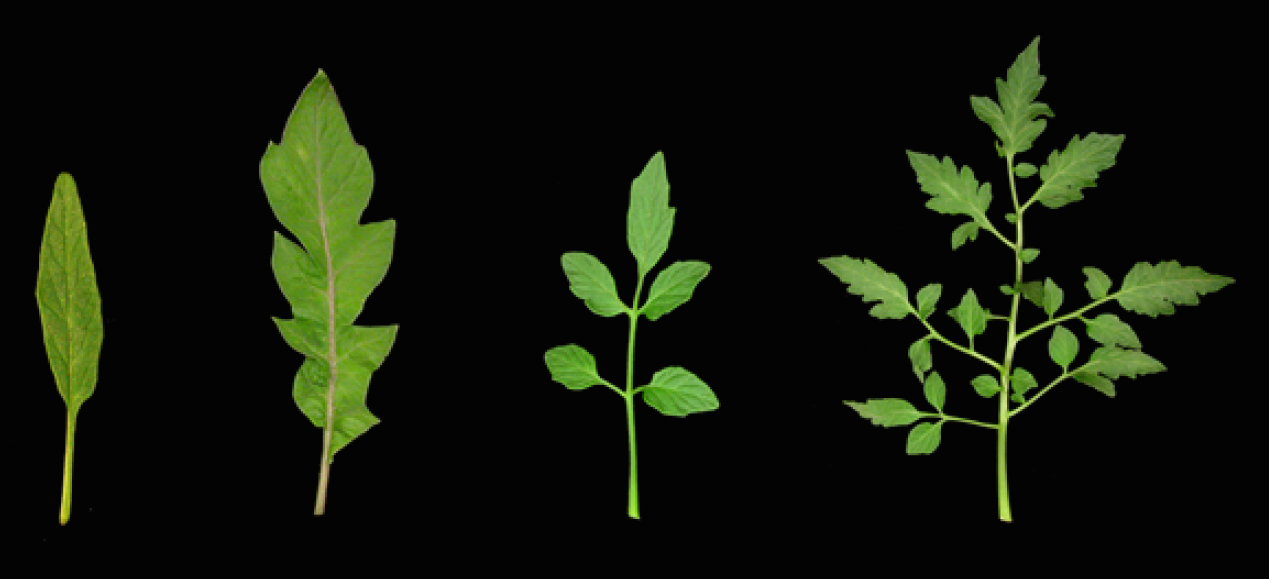 The development of plant leaves follows a common basic program, which can be modulated to generate a diverse range of leaf forms. Bar and Ori review recent work examining how plant hormones, transcription factors and tissue mechanics influence leaf development. See the Review on p.
The development of plant leaves follows a common basic program, which can be modulated to generate a diverse range of leaf forms. Bar and Ori review recent work examining how plant hormones, transcription factors and tissue mechanics influence leaf development. See the Review on p.